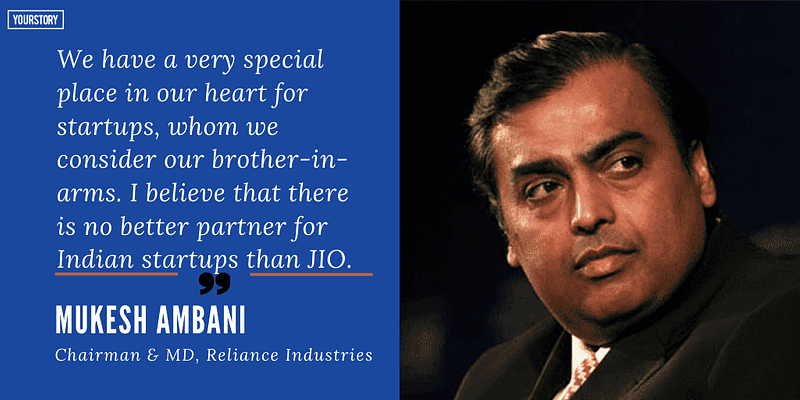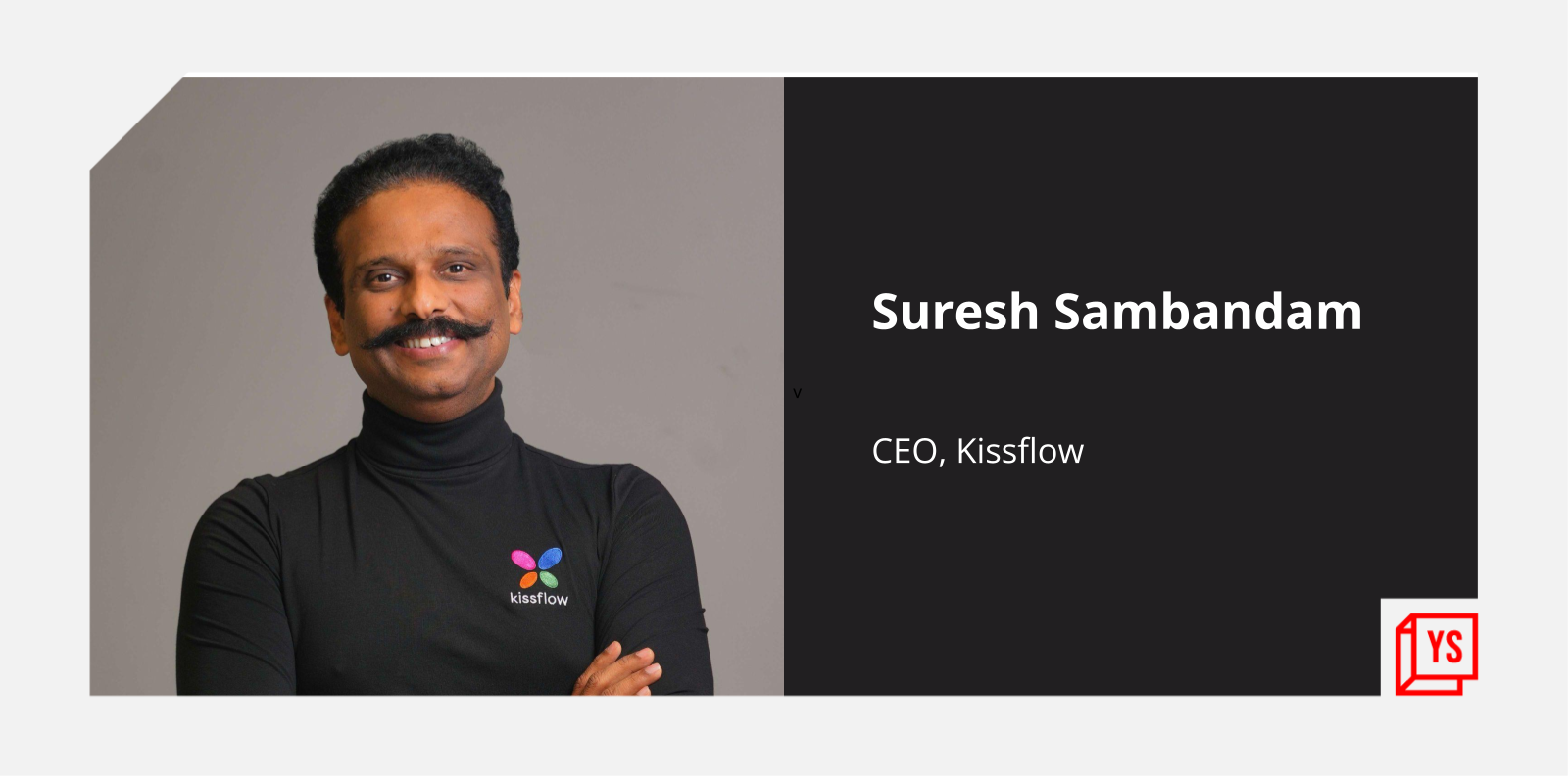The making of Maggi - Meet Sangeeta Talwar, the woman behind the 2-minute revolution
When Sangeeta Talwar joined India’s corporate workforce in 1979, she was one of the first women in the FMCG sector. She went on to carve a niche for herself as Marketing Director and Executive VP of Nestlé India, where she worked for 21 years. She then moved to Mattel India to redesign the Barbie doll for the Indian market. Sangeeta has also been instrumental in making Tata Tea one of India’s biggest tea brands. HerStory caught up with her to talk about her new book, The Two-Minute Revolution, and her journey as one of India's foremost FMCG women executives. Enjoy the edited excerpts here, or check out the video instead.

The big question - how did Nestlé make us fall in love with the 2-minute Maggi Noodles?
Sangeeta Talwar: Nestlé India had to go against the grain. India wasn't used to Chinese food in general, and noodles were not as a popular as today.
We at Nestlé India were thinking hard. How to get away from its alien product form, and introduce it in the Indian diet in a way that people will accept it? We listed out the kinds of foods Indians eat and where the gaps were. We discovered there were no hot snacks that could be made easily. Either you had samosa, vada, upma, idli - the ones that took time to cook, or sandwiches and pakoras. Nobody really makes samosas at home!
That's what sparked the thought. We decide to position Maggi Noodles like a snack product. Next, we wanted to push the noodles as a 'family snack product.' Those days, children were not taken seriously, but we wanted the product was be sold as a snack for the family.
We figured children would be open to experimentation. They don't have preconceived notions and plus, the product was actually a lot of fun. Stringy noodles wrapped around a fork, slipping, wrapping it again! We observed that in many of our tasting sessions, the kids were playing with the food.
We put all these findings together and slowly made inroads into the market.
How did you come in as one of the first women FMCG executives in India?
ST: I have never thought of it in that way. I realised, much later, that I was the first women executive. I think I was so busy with understanding what the job was and what I was required to do. I really didn't focus on the fact that I was the only woman executive in Nestlé.

We never thought like that in our time. Just did what was ahead of us and got on with it. I think it's much hyped today. It may be an unpopular thing to say, but the point is you are there to do a job. Your gender follows. You just happen to be a woman in that job.
Could you describe the first few years at Nestlé India, your first job?
ST: When I first joined Nestlé, I was a management trainee. It was a big multinational with a very good brand. When one joins a company like that, you expect to work on that big brand. But I was put in the new products department.
The new product that I worked on first was a small product called Maggi cube. I thought to myself, ‘That's what the company has given to you, let me do a really good job of it.’ I went to town trying to promote these cubes. I did a lot of work around that - that’s probably how I polished the first step up the ladder.
And after 21 years, you joined Mattel India as MD and CEO.
ST: Yes. There were so many Barbies - Doctor Barbie, Bicycle Barbie, Air-hostess Barbie... their was also a sister Barbie.
Yes, Skipper. And the Saree Barbie. Today, we have a lot of conversations around gender-neutral toys. What do you think about them?
ST: I think you should let the girls be girls, and let boys be boys. Say, in terms of Barbie, boys will rip their legs and heads off. Girls will caress them, play with them. Let them.
What would you tell women who are starting out or restarting today?
ST: I want to tell them have courage, confidence and compassion. And believe in yourself - only you can do that. You cannot make someone else believe in you if you don't believe in yourself.
Women need a lot of courage to put their hand up. I have seen and spoken to lots of women. In sessions, I have seen how the look on their faces changes when they realise they can put their hand up. Step up to the next challenge. You know women have a very rich life. They don't only have work at the office, but have a whole other job at home. They are often the glue that keeps the family together. They are emotional, and I don't think they should ever feel that they have to hide emotions.
An emotion they need to nurture - a very fine emotion of a wife, mother – the nurturing side to them. With all this, they can still put up their hand and keep moving forward in what they are doing. As long as they are clear that's what they want to do.










